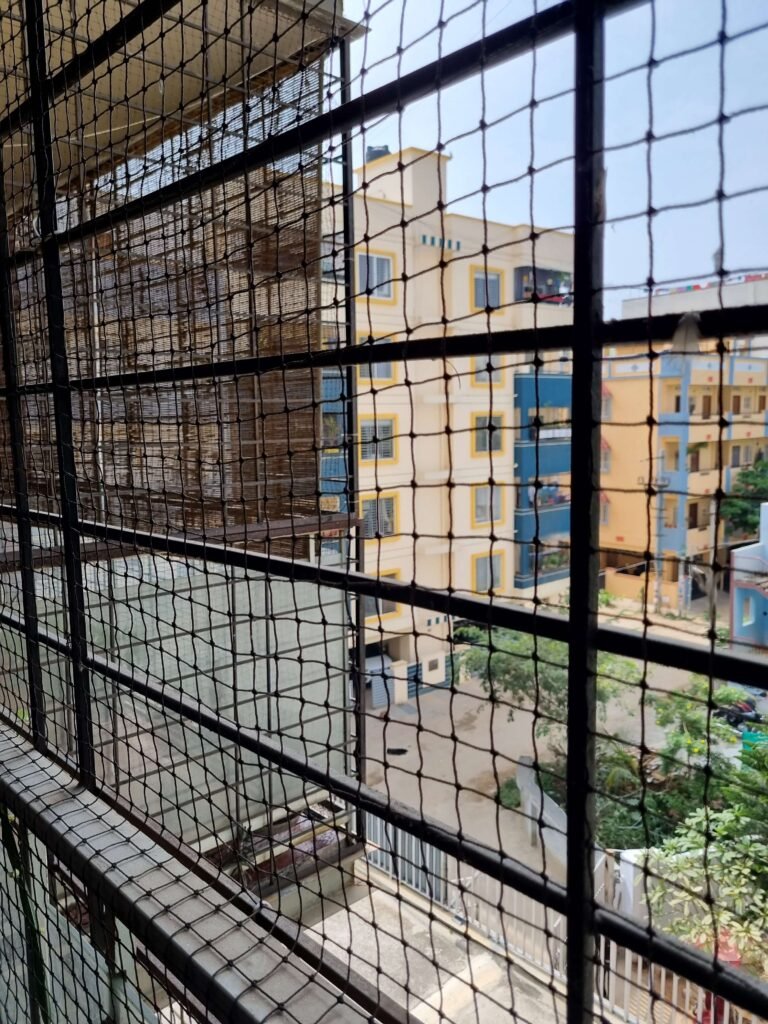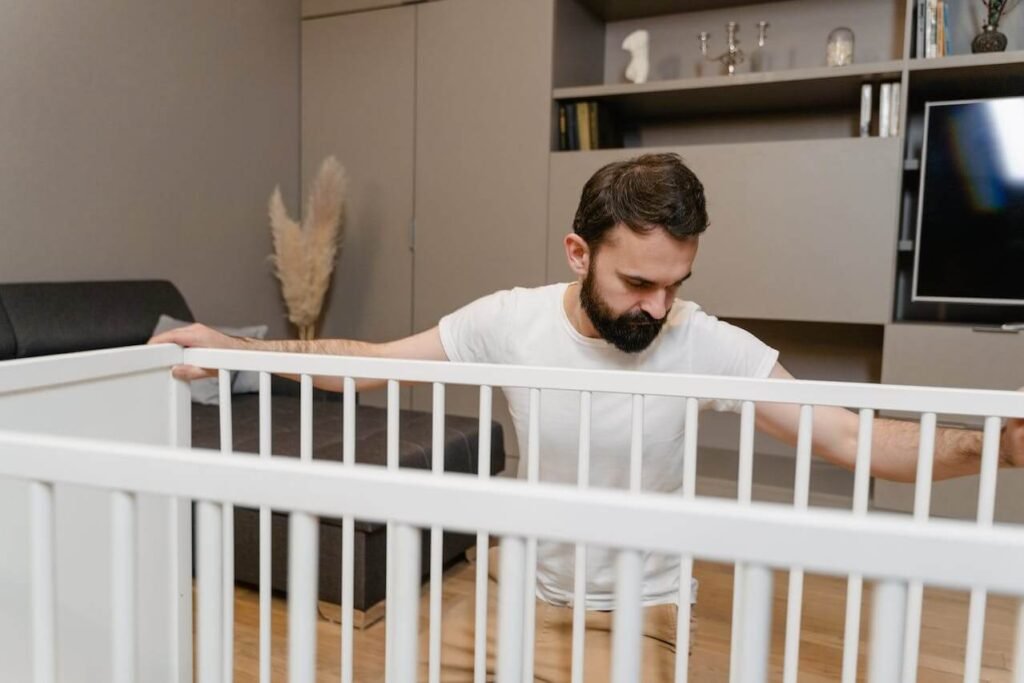Hi dads! Your little one is growing up, crawling all over, and now it’s time to make your home a safe haven. For most people, childproofing or babyproofing immediately means childproof gates for stairs but is that the extent of childproofing? What about all the other dangers that are ever present at home? How do you identify things to babyproof?
We’ve put together a small list of the common things to be babyproofed so you may identify and address these at home.
Childproofing the Kitchen
It’s the heart of every Indian home, but it can be a hotbed of potential hazards for your little explorer. Here are some dangers you should address to ensure your kitchen is childproof:
- Gas Stove and Vessels: The gas stove burners and vessels used for cooking can remian hot for a long time. It is recommended that you use the back burners and ensure pan handles face inwards.
- Spices: From haldi, to pepper and red chillies, we use an array of spices and sharp utensils. Make sure they are completely out of reach.
- Dishwasher: The dishwasher can be an enticing place for a curious child. Keep it locked when not in use.
- Cabinet Locks: Install sturdy locks on cabinets and drawers, especially those containing cleaning supplies, medications, or sharp objects.
- Appliance Safety: Keep appliances such as mixies and grinders, including wet grinders unplugged and out of reach.
- Cord Control: Securely tuck away or tape down all cords and wires, especially from appliances like blenders and toasters.

Childproofing the Living Room
As with most Indian homes, it’s likely your baby spends most of the wake window in the living room. Here are some things to consider babyproofing in the living room:
- Open Outlets: Uncovered outlets are a shock risk. Invest in outlet covers, and keep an eye out for any damaged socket or electrical switch.
- Furniture: Heavy furniture can tip over easily. Consider anchoring bookshelves, Almirahs, TV cabinets, Aquariums, and other large furniture to the wall.
- Sharp Corners: Sharp-edged tables can be a hazard. Use corner protectors or choose round-edged furniture options.
- Cords and Curtains: Long cords from curtains and blinds can pose a strangulation risk. Use cord winders or tie them up high.
- Mats and Carpets: Children tend to play with mats and carpets on the floor, especially when they begin crawling. Make sure it is plastic free and does not pose a choking hazard.
- Plants and Planters: Make sure the plants and planters are kept out of your baby’s reach – you do not want your baby to pull down the plant onto themselves, or damage the plant / planter by simply pulling them off your center tables / coffee tables.

- Center Tables / Coffee Tables: Babies love holding on to the center tables / coffee tables, and because of their low height, all things kept on or underneath are easily reachable to the baby. Consider stowing that beautiful center piece to a corner for some time.
- Pooja Corner / Pooja Mandir: If you have a pooja mandir or pooja shelf at home, you need to make sure it is not on the floor. The diyas / lamps, sambrani or dhoop, incense, and other items usually found in a pooja mandir are dangerous to babies, and you will need to childproof the pooja mandir.

Childproofing the Balcony
Childproofing a balcony is absolutely essential – most apartments have large balconies, and they can be both a joy and a potential hazard.
- Sliding Doors: Balconies often have sliding doors. Install locks or childproof handles to restrict your child’s access.

- Balcony Nets: Use mesh or netting such as a pigeon net to create a barrier if the railings have wide gaps or can easily be climbed. Make sure they are secure and childproof.

Childproof Gate for Stairs
If you have a multi-story home, the staircase is a prime area of concern.
- Baby Gates: Install baby gates / childproof gates for stairs at both the top and bottom of the staircase. Ensure they are securely fastened.

- Carpet Your Steps: Carpeting the stairs can add traction, reducing the risk of slips and falls.
- Handrail: Ensure the handrail is secure and at a height suitable for your child to hold onto.
Childproofing the Bathroom
The bathroom can be a treasure trove of hidden dangers for your baby.
- Slippery Surfaces: Bathroom floors can be slippery. Use non-slip mats and stick-on treads to prevent falls.
- Toilet Seat Lock: Keep the toilet lid down to avoid any water hazards, and consider a toilet lock to prevent accidents.
- Medicine Cabinets: Lock up the medicine cabinet and keep all medicines out of your child’s reach.

- Cleaning Supplies: Make sure all the cleaning supplies – the toilet cleaners, those brushes, the floor cleaners, etc are all potential hazards for your baby. Make sure they are completely out of reach.
- Buckets: Make sure buckets, mugs, and containers of water are emptied immediately. If you are storing water for any reason, make sure the bathroom is inaccessible to your baby.
Childproofing the Nursery
Finally, let’s explore the bedroom, where your child spends many peaceful hours.

- Keep Small Objects Out of Reach: Get down on your hands and knees and scan the floor for anything your baby could choke on, like coins, beads, or small toys.
- Button batteries: These tiny, powerful batteries can be fatal if swallowed. Keep them out of reach and dispose of them safely.
- Cribs and Beds: Ensure cribs and beds are safe, can support the baby standing up using them, and avoid using heavy blankets or pillows.
Stay Vigilant
Identifying common hazards can be a bit like a treasure hunt, but the stakes are higher. As your baby grows and becomes mobile, you’ll need to re-evaluate potential dangers and adjust accordingly. By following these tips and staying vigilant, you can create a safe and loving environment for your little explorer to thrive.
Pro Tip – Emergency Contacts: Keep a list of emergency contacts, including your pediatrician, poison control, and local hospitals.

Leave a Reply